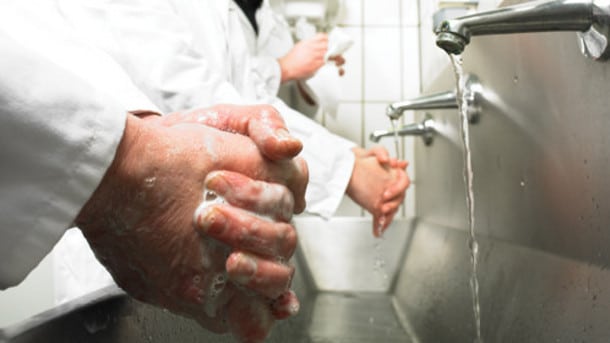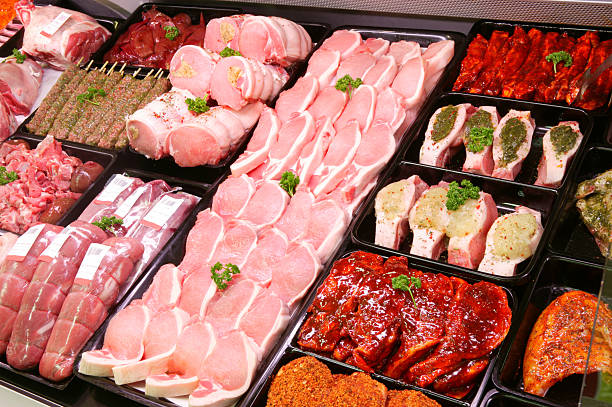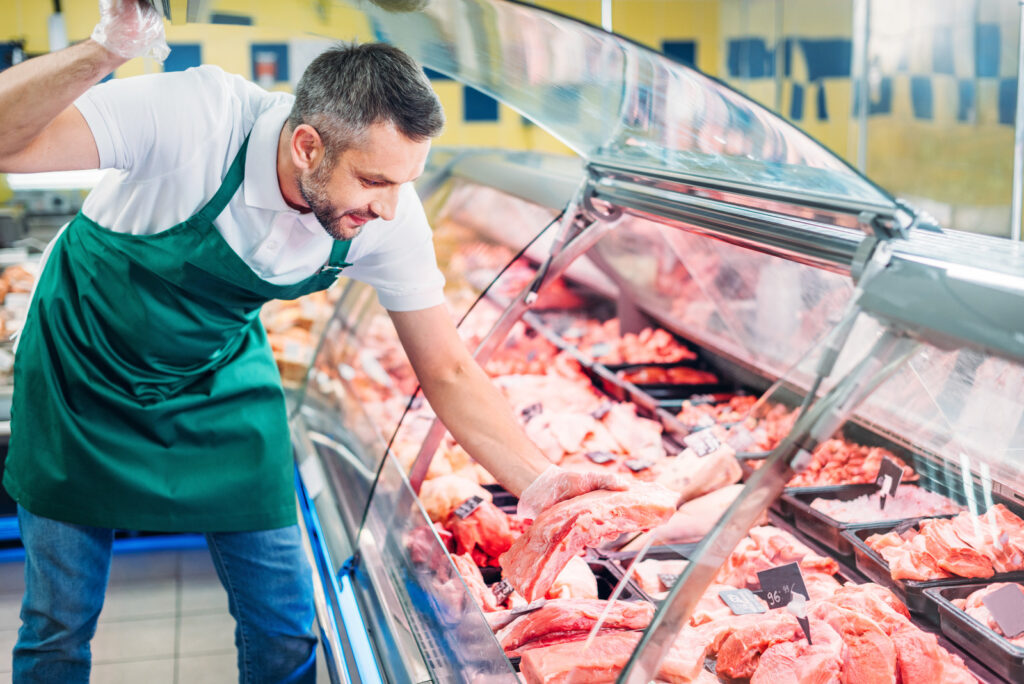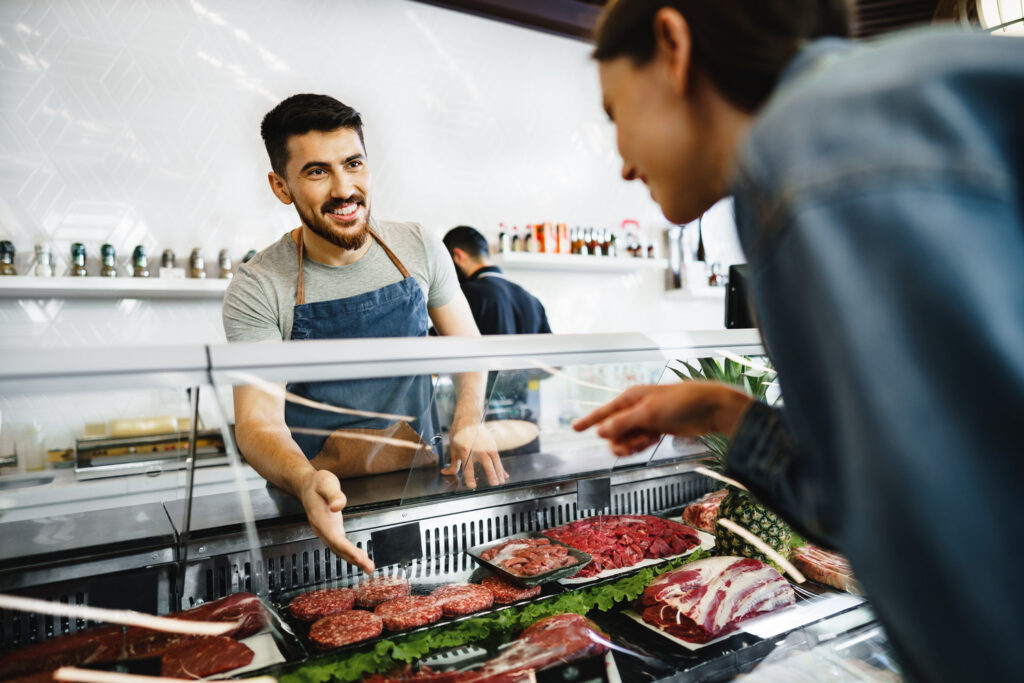How many times have you read a story on Facebook about customers finding creepy-crawlies on their food?
There was one discovering a huge insect on her kangkong side dish from a fastfood chain; another finding a dead mouse in her coffee cup (although the claim is highly disputed) from a famous coffee shop; and more recently, a cockroach on a customer’s pares meal from a mall’s foodcourt.
Social media makes it easy for (sensational) stories like these to go viral. And even though some of them may not be the most accurate, a bad word spread rapidly can hurt your reputation and consequently, your sales. Some would even result in lawsuits.
It’s a no brainer then that restaurateurs should not be lax about food sanitation. Here are five practices that you need to avoid:
1. Not investing in training employees
Everyone in the restaurant should know how to keep the entire place and themselves clean, especially if they are the ones who handle food.
A few hours of training focusing on the fundamentals of sanitation, proper hygiene, and effective cleaning procedures can save you from seeing your restaurant plastered all over social media and earning a bad rep.
Make sure that you schedule continuous training to keep everyone up to date. Entrepreneurs understand the value of investing to gain better returns later on, and being proactive in this aspect will give you that.
2. Not handling the food properly
Food-borne illnesses are not something your customers paid to get in your restaurant. Neither are creatures on their food, living or otherwise. The following should then be closely watched:
- Employee practices – this includes knowing when to touch raw food and when to touch other ingredients afterwards, washing their hands, cleaning the food preparation area, cleaning their clothes and fingernails, checking for cuts, and other things they need to do to maintain their hygiene. Sick employees should not come in. Cross contamination is high when employees mishandle food.
- Freezing food – Know the right practices when it comes to freezing food to keep bacteria out. Always label your food.
- Cooking food – Bacteria that could result in food poisoning thrive in what is referred to as the “Danger Zone” in culinary parlance. This is anywhere between 4.4 and 60 degrees Celsius (40 to 140 degrees Fahrenheit). Make sure to cook the food thoroughly and in the right temperature.

3. Not cleaning the restaurant properly
How many times have you refused to return to a restaurant with sticky floors and dirty tables?
The dining area should also keep to a high cleaning standard, especially since this is the area your customers will get to see:
- Floors and restrooms should always be spotless. Clean any mess immediately. If customers can’t trust you to clean your restaurant, they won’t trust you handling their food.
- The condiments and the menu should also be cleaned regularly. It would turn customers off if, for example, they grab a ketchup bottle and find it sticky. And since these are items that are touched by customer after customer, clean them to avoid spreading of bacteria.
- It goes without saying then that utensils and equipment should also be cleaned thoroughly.
4. Not having your own cleaning inspections
You, as the owner, should also conduct your own cleaning inspections and not wait until you get a surprise visit from someone in the health department.
Have a system in place where employees will know what to clean daily, weekly, and monthly. Create a checklist if needed. Make sure that each employee assigned to each area understands what they need to do.
5. Not knowing your supply chain
A lot of restaurateurs cut corners when it comes to suppliers. While choosing the supplier that would cost you less is understandable, keep in mind that the quality of your food is not something to trifle with.
Make sure that you know where your food is coming from and that the quality is top notch. This is especially true for big restaurants chains that have quite a bit of geographical reach and may have different suppliers. It’s always best to pick the approved and reputable food source.
Steer clear of these five mistakes and you may just find yourself in another viral story—but this time, for giving your customers one of the best restaurant experiences.





